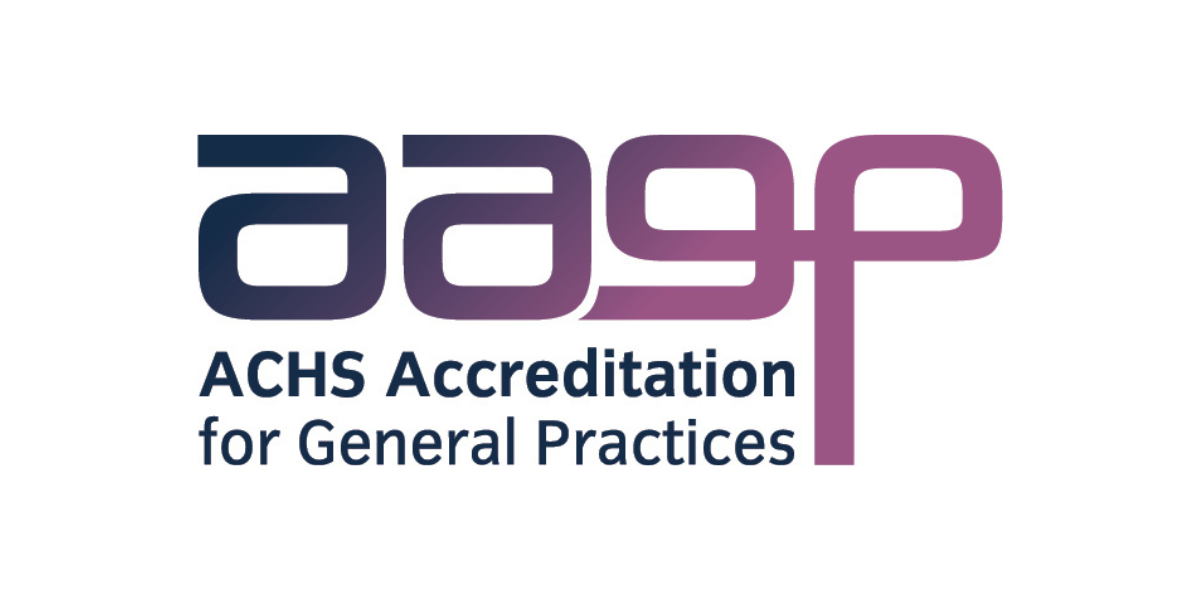Preparing for an Assessment to the NSQHS Standards
All public and private hospitals and day procedure centres operating in Australia must be accredited against the National Safety and Quality Health Service (NSQHS) Standards. But because the accreditation process can be challenging to navigate; before a medical facility can get accredited, it must be well prepared to meet national healthcare standards. Before we discuss how a medical facility can prepare for an assessment to the NSQHS Standards, let’s take a quick look at what these standards are.
What are NSQHS Standards?
NSQHS Standards (National Safety and Quality Health Service Standards) are a set of guidelines developed by the Australian Commission on Safety and Quality in Health Care to ensure the provision of safe and high-quality healthcare services across Australia. These standards cover eight key areas of healthcare, including:
- Governance for safety and quality in health service organisations
- Partnering with consumers
- Preventing and controlling healthcare-associated infections
- Medicines management
- Comprehensive care
- Clinical handover
- Blood management
- Recognising and responding to clinical deterioration in acute healthcare.
NSQHS Standards are mandatory for all public and private hospitals and primary healthcare services in Australia. These standards are regularly reviewed and updated to ensure that they reflect the latest evidence-based practices and continue to support the provision of safe and high-quality healthcare services.
Preparing for an assessment to NSQHS Standards
To prepare for NSQHS accreditation, ensure your healthcare organisation meets all standards in the NSQHS. This may involve thoroughly reviewing your organisation’s policies and procedures, training your staff on the NSQHS standards, and implementing changes to ensure you comply. It’s also important to have a plan in place for ongoing monitoring and improvement of your quality and safety systems. This is usually completed through a four-step process.
1. Familiarisation with NSQHS Standards:
The first step towards achieving NSQHS accreditation involves getting to know the standards. You can view a copy of the NSQHS (second edition), updated in May 2022, in the link below:
National Safety and Quality Health Service Standards (second edition)
This will involve thoroughly reading and reviewing the standards you are required to follow, what might get you penalised, and identifying any standards you need to be following. Knowing what you are being assessed for, you can take the necessary steps to ensure you have the highest chance of clearing the assessment.
- Selecting a team for implementation
Once you have identified the areas where your organisation is not meeting NSQHS Standards, it is time to allocate resources to implement changes. For different facilities, this will mean different things, such as changing handover strategies to ensure more continuity in patient care or revising the infection control strategies of the facility. This task will require the expertise and engagement of people from every department in the organisation. To be successful with implementation, you need to pay attention to the following areas:
- Risk management and quality improvement in all aspects of the implementation process.
- Strong administrative processes are in place.
- Accountability and involvement for leaders at all levels of management, clinical and governance.
- Patient safety and quality of care to be considered a top priority at all times.
- Timely reporting of safety and compliance issues to relevant stakeholders.
- Keeping consumers in the loop and making decisions with their benefit in consideration.
- Choose the right accrediting agency
As of December 2022, six accrediting agencies are approved to assess healthcare organisations against the NSQHS Standards by the Australian Commission on Safety and Quality in Health Care, otherwise known as the Commission. These are:
- Australian Council on Healthcare Standards (ACHS)
- Certification Partner Global (CPG)
- Global-Mark Pty Ltd
- HDAA Australia Pty Ltd
- Institute for Healthy Communities Australia Certification (IHCAC) Pty Ltd
- Quality Innovation Performance (QIP) Limited
Several of these accrediting agencies also offer healthcare consulting services and training courses to provide ongoing improvement. Services may include gap analysis, short notice transition, readiness diagnostic, roadmap implementation, risk management, performance data analysis, quality improvement systems and more.
- Self-assessment
Before the official assessment of your organisation, conduct a thorough self-assessment of your facilities. Look at your processes, safety, and quality systems and match them to the NSQHS Standards. Are there areas that could improve? Any information you gather during this self-assessment period allows you to create a plan of action.
If you have already corrected some areas of concern, you must have evidence to show that action has been taken. Once you have identified areas of improvement, you must have an action plan to show what changes you are making to address the problem, who it has been assigned to and when the improvements are expected to be completed.
This four-step process should be conducted every few years to ensure the healthcare facility consistently meets Australian health standards and provides quality healthcare to all consumers.




Post Comment